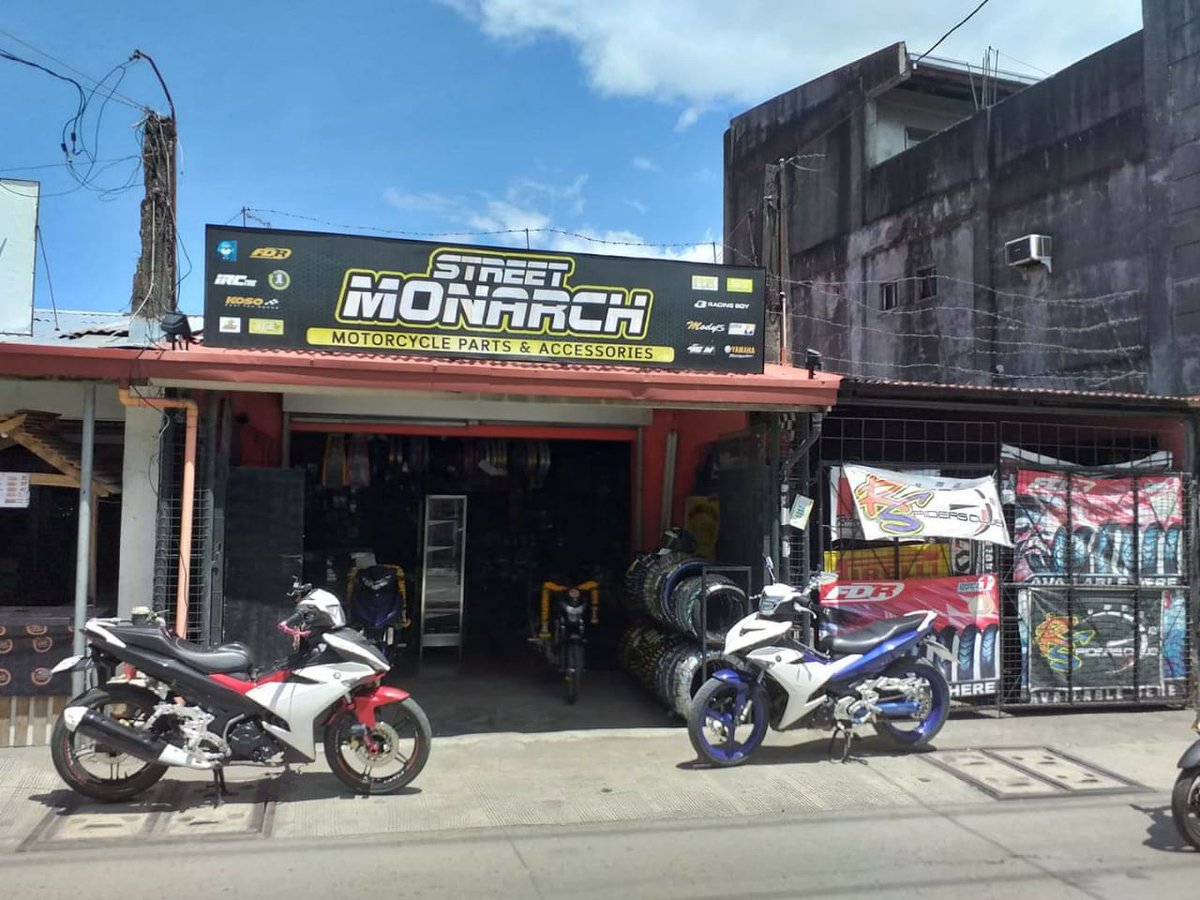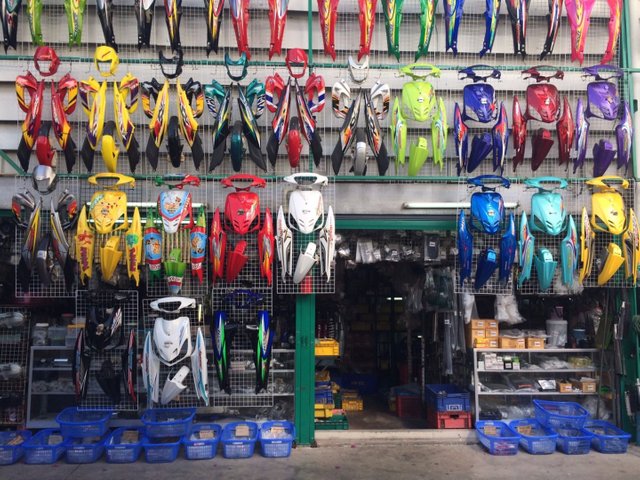See Our Motorcycle Shop for Expert Suggestions and Quality Products
See Our Motorcycle Shop for Expert Suggestions and Quality Products
Blog Article
Mastering Motorbike Gears: Just How to Optimize Your Riding Experience
In the world of motorcycling, mastering the art of equipment adjustment is critical for boosting your riding performance. Appropriately recognizing and using motorbike gears can considerably impact control, fuel, and acceleration efficiency, transforming an average adventure into a smooth, thrilling journey. By integrating exact shift timing and adjusting gear option to various roadway problems, motorcyclists can make certain ideal engine performance and safety. The nuances of clutch control, throttle sychronisation, and gear mechanics beckon a much deeper exploration, guaranteeing to unlock the full potential of your device. How can these techniques be harnessed to absolutely maximize your riding experience?
Recognizing Equipment Mechanics
How do the intricacies of gear technicians influence motorbike performance? At the core of motorcycle characteristics, equipment technicians play a pivotal function in transforming engine power right into motion, eventually determining speed and control. Gears, meticulously crafted parts, allow bikers to optimize torque and rate, making certain a seamless change with different terrains and velocities. The equipment ratios, meticulously made, identify the connection between engine revolutions and wheel turns, impacting velocity and fuel effectiveness.
Comprehending gear auto mechanics begins with identifying the significance of the transmission, which houses multiple gears of differing dimensions. These equipments connect through a process called meshing, where teeth of various gears involve to transmit power. The precision of this interaction is crucial; any type of misalignment or damages can cause inefficient power transfer, hindering efficiency. Additionally, the arrangement and size of equipments influence the bike's capacity to take care of various lots and rates.
Additionally, the idea of equipment changing is important to maximizing efficiency. Timely and smooth shifts make sure that the engine runs within its optimum power band, stopping unnecessary stress and enhancing long life (motocross gear). By understanding these mechanical complexities, bikers can achieve a harmonious blend of efficiency, control, and power, boosting their riding experience
Timing Your Changes
Change timing mastery is crucial for optimizing motorcycle efficiency and enhancing the riding experience. Appropriately timed changes make sure that the engine operates within its ideal power band, which is vital for preserving control, achieving smooth acceleration, and making certain the longevity of the bike. Riders must develop an user-friendly feeling of when to change equipments, which involves recognizing the partnership in between engine transformations per minute (RPM) and speed.
To understand change timing, pay attention to the engine's audio and really feel, as these provide essential clues concerning when to transform equipments. The ideal change point normally happens when the engine comes close to the top range of its power band without getting to the redline. Shifting prematurely can bring about an absence of power, while shifting far too late may create unneeded engine strain
In addition, road conditions and riding design impact shift timing. In contrast, during highway riding, fewer changes at higher rates can be much more proper.
Enhancing Fuel Efficiency
While understanding motorbike equipments is critical for performance, boosting gas efficiency is similarly important for both ecological and financial factors. Optimal fuel usage not only decreases operational motorcycle carburetor prices yet also minimizes the environmental impact of riding. To attain this, one should understand the elaborate relationship between gear choice and engine efficiency.
Riding in a greater gear at lower rates can lead to engine hauling, which is detrimental to both fuel economy and engine health. On the other hand, riding in reduced equipments at high speeds results in unnecessary fuel usage.
Additionally, regular maintenance plays a critical function in gas efficiency. Ensuring that the motorcycle is well-tuned, with clean air filters and properly pumped up tires, can decrease and enhance aerodynamics fuel waste. Adopting a riding style that accepts progressive velocity and smooth slowdown can contribute to better gas economy.

Methods for Smooth Transitions
Achieving smooth gear shifts is fundamental to improving the riding experience and ensuring the durability of a motorcycle's transmission system. Proper equipment shifting not just contributes to a seamless adventure but also decreases deterioration on the mechanical parts. To master the art of smooth changes, cyclists need to concentrate on a few key techniques.

Second of all, clutch control plays a crucial role. Involving and disengaging the clutch smoothly needs practice. The clutch lever should be released gradually, permitting a smooth transfer of power from the engine to the wheels without creating a jolt or sudden motion.

Adapting to Road Conditions
Navigating varied roadway problems is a crucial ability for any type of motorcyclist intending to keep control and safety and security. Whether you're riding on damp surfaces, crushed rock roads, or browsing doglegs, your ability to adjust your equipment usage and riding strategy is paramount. Comprehending how to change your gears appropriately can dramatically affect traction and security, making sure a more secure trip.
On wet roads, it is suggested to keep higher equipments to lower torque and reduce wheel spin. This technique assists keep hold on slippery surface areas, enabling for smoother velocity and slowdown. In contrast, when riding on crushed rock or uneven surface, reduced gears are better. Lower equipments give much better control and enable you to respond even more swiftly to unexpected modifications in the roadway surface.
Sharp contours demand specific gear monitoring to stabilize rate and control. Downshifting before entering a curve can assist keep energy while guaranteeing the motorcycle continues to be steady throughout the turn. Consistent technique in varied problems enhances your capability to forecast and react to adjustments in road texture and slope.
Final Thought
Mastering bike gears dramatically boosts the riding experience by enhancing velocity, fuel, and control efficiency. Adjusting gear option to numerous roadway conditions, such as utilizing greater gears on wet surfaces and reduced gears on gravel, further enhances handling and safety and security.
Recognizing equipment auto mechanics begins with acknowledging the significance of the gearbox, which houses multiple gears of varying sizes. These equipments engage through a procedure known as meshing, where teeth of various equipments engage to send power (motocross gear). Mild changes to the throttle throughout equipment shifts can protect against jerky motions and keep a constant riding pace
Whether you're riding on wet surface areas, crushed rock roads, or navigating sharp turns, your ability to adapt your equipment use and riding method is critical. Adapting equipment selection to different roadway problems, such as utilizing greater gears on damp surfaces and reduced equipments on crushed rock, further enhances handling and security.
Report this page